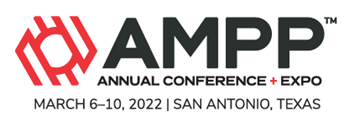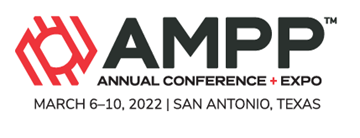Search
Individual Conference Papers
View as
Sort by
Display
per page
Effect of H?S on the Corrosion Behavior of Pipeline Steels Under Supercritical CO? Environment
Product Number:
51315-5927-SG
ISBN:
5927 2015 CP
Publication Date:
2015
$20.00
Effect of H2S Concentration on the Passivation Behavior of Modified 13 Cr Martensitic Stainless Steels
Product Number:
51324-21009-SG
Publication Date:
2024
$40.00
Effect of H2S Fugacity on Hydrogen Uptake in Carbon Steels for Upstream Applications
Product Number:
51324-20951-SG
Publication Date:
2024
$40.00
Effect Of H2S On CO2 Corrosion Of Mild Steel In HPHT Conditions
Product Number:
51321-16622-SG
Publication Date:
2021
$20.00
Effect of H2S on the Corrosion and Cracking Behavior of Welded API 5L X65 Steel in Supercritical CO2
Product Number:
51321-16407-SG
Publication Date:
2021
$20.00
Effect Of H2S On The Performance Of Welded 13% Cr Steel In Supercritical CO2
Product Number:
51322-17886-SG
Publication Date:
2022
$20.00
Effect of Heat Treatment and Manufacturing Method on the Susceptibility to Hydrogen Induced Stress Cracking of UNS N06625
Product Number:
51324-20899-SG
Publication Date:
2024
$40.00
Effect of Heat Treatment on Mechanical Properties of ATIG Welded Aluminum Alloy
Product Number:
MPWT19-14282
$0.00
Effect of Heat Treatment Temperature on the Corrosion Protection Performance of Thermal Sprayed Aluminum Coating
Product Number:
41214-844-SG
Publication Date:
2014
$20.00
Effect Of Heat Treatment, Cold Working And Long-Term Ageing In Air On The Stress Corrosion Cracking Growth Rate In Simulated PWR Primary Water For Commercial TT
Product Number:
ED22-18356-SG
Publication Date:
2022
$20.00
Effect of Hydrogen Flux on the Plasticity and Damage Mechanisms of Martensitic Steels
Product Number:
51319-12739-SG
Publication Date:
2019
$20.00
Effect Of Hydrophobic Interaction On Corrosion Inhibitor Efficiency
Product Number:
51322-17597-SG
Publication Date:
2022
$20.00












